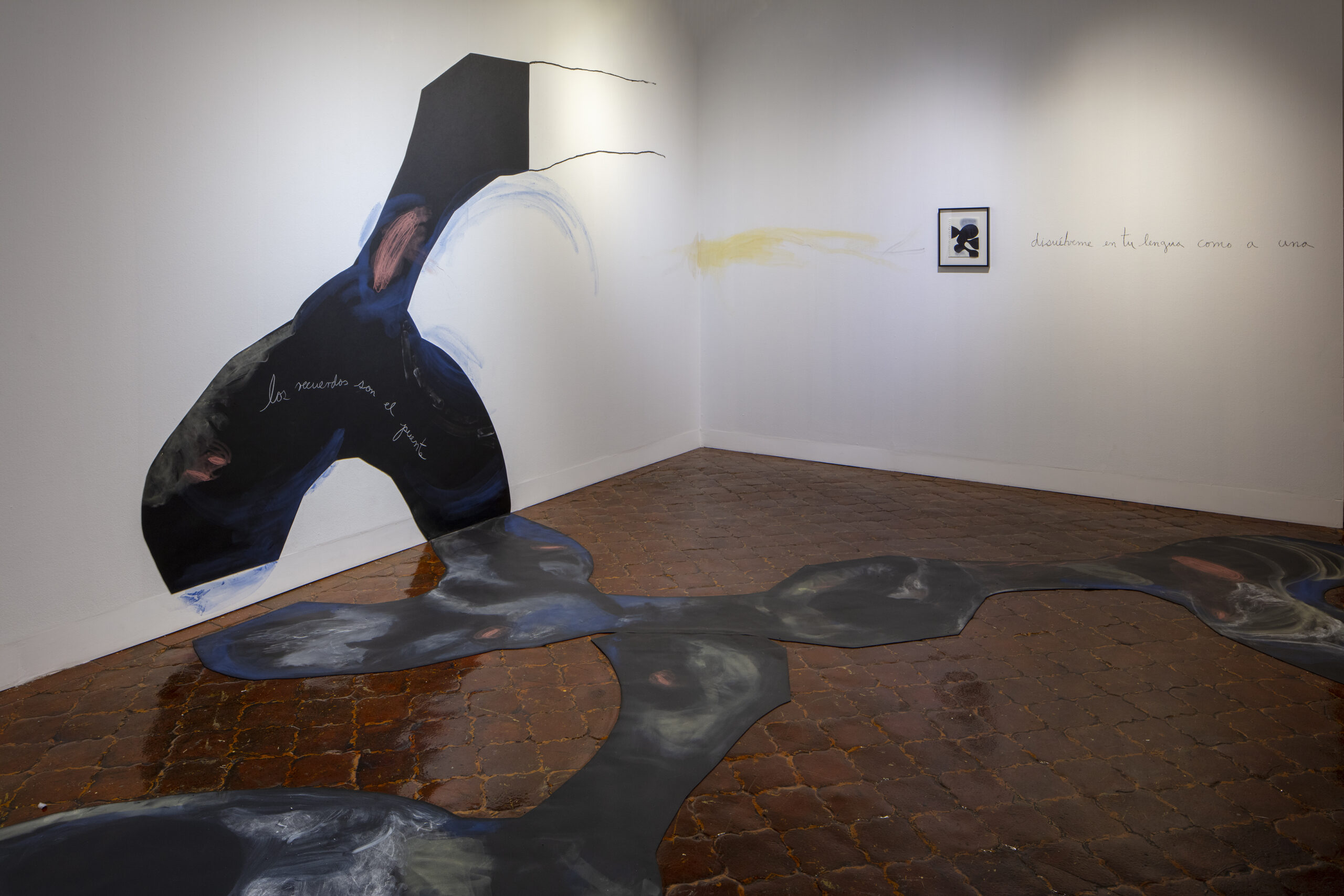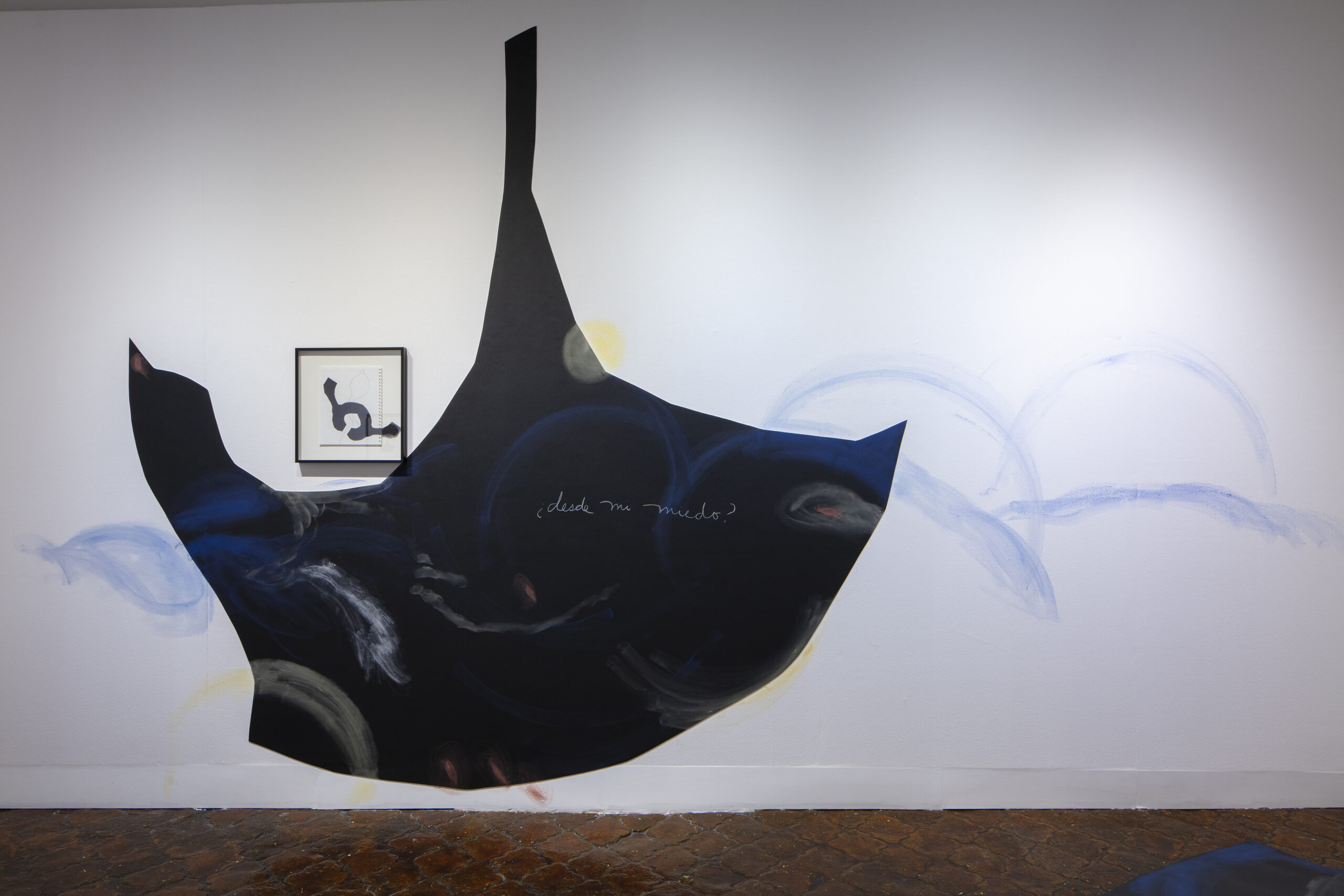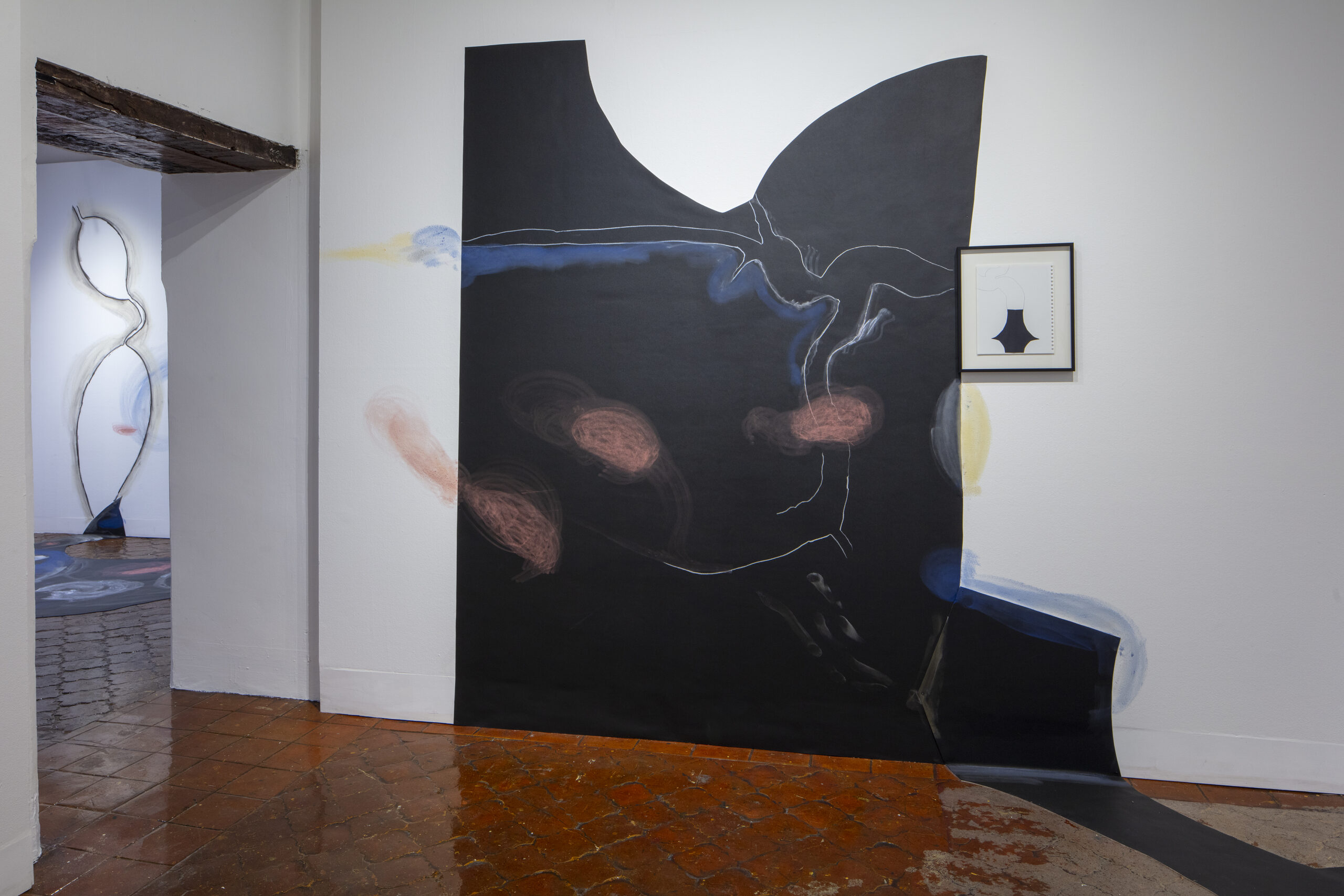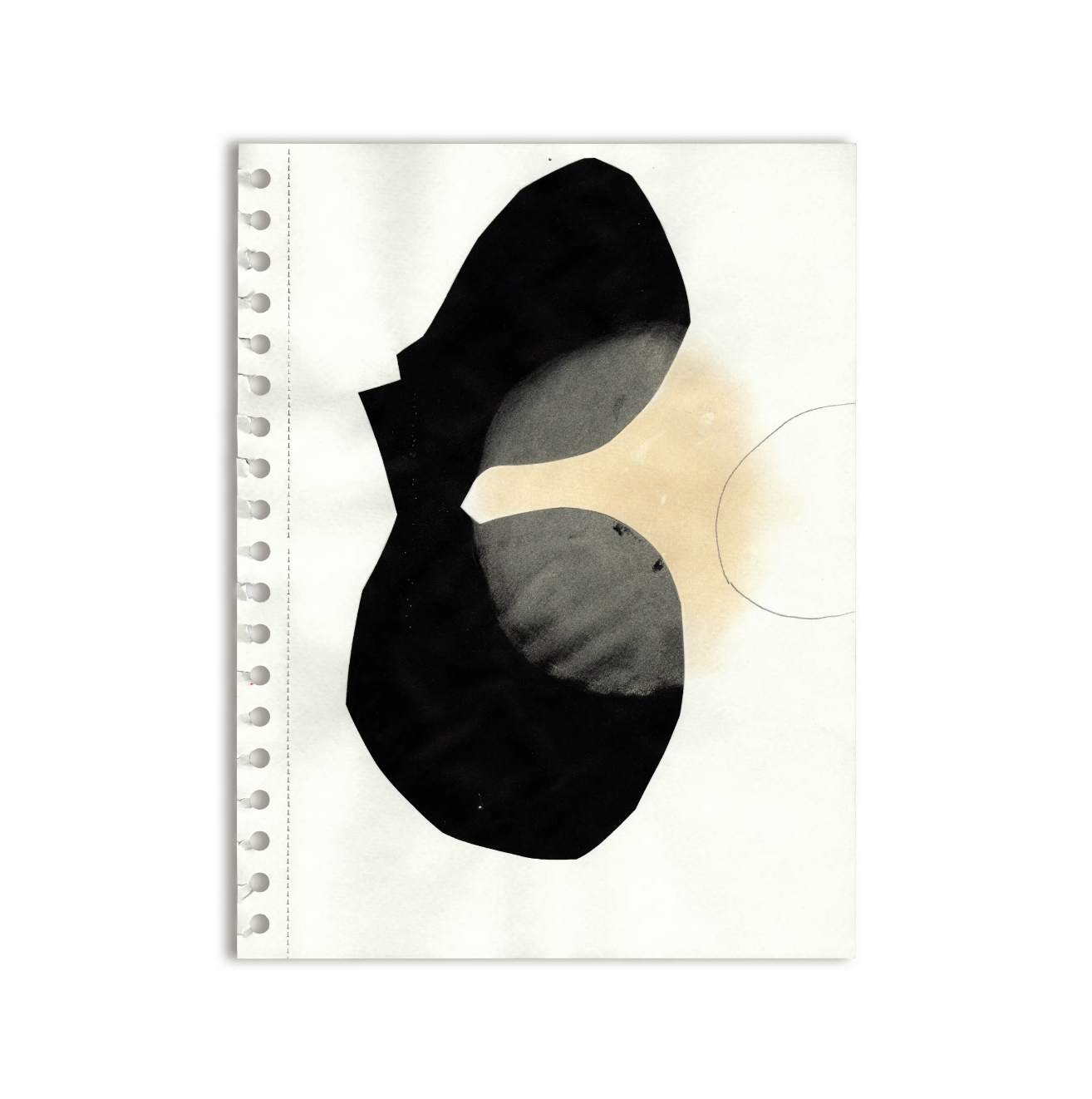Magali Lara
(Ciudad de México, México, 1956)
Her work emerged amid experimental, theoretical and politicization contexts that characterized 1970s-era arts contexts, just as feminism began to take off in Mexican literary and artistic circles. She has focused on questioning painting as an affective expression, intimate reflection and formal construction field. She trained at the Universidad Nacional Autónoma de Mexico’s national school of plastic art and was a member of the Março group. Standout solo and collective exhibitions include Radical Women: Latin American Art: 1960-1985, an itinerant exhibition with stints at the Hammer Museum in Los Angeles, in 2017, as well as in 2018 at both the Brooklyn Museum and the Pinacoteca do Estado de São Paulo; Del verbo estar at Mexico City’s Museo Universitario del Chopo, in 2017; Intimidad del jardín. Pinturas 1985-2016 at the Museo Jardín Borda in Cuernavaca, 2016; and 2004’s Mi versión de los hechos at the Museo de Ciencias y Artes in Mexico City. Many of Lara’s artworks have been integrated into major public and private collections at institutions including New York’s Museum of Modern Art as well as the Museo Universitario Arte Contemporáneo, in Mexico City, whose Arkheia documentation center now holds a Magali Lara/Elso archival collection.
Leteo, 2024
Installation
Wall art with linoleum cutouts and pencil drawings, pastel with paper cutouts
In Greek mythology, Lethe (Leteo) is the name of the river that spurs oblivion, whose water souls drink before reincarnating themselves. It is also the title of one of the sections of Gloria Gervitz’s long poem, “Migrations,” which the poet wrote over the course of 40 years and which alludes to the transition into death—an act that, consequently, leaves room for something new. Gervitz’s unique literary process, in which she spent decades rewriting the same poem, echoes ideas about the unfinished present in Magali Lara’s practice of drawing (an act the artist also views as a form of writing). Black silhouettes on the walls and floors overflow from the drawings in the rooms, giving the sensation of something advancing, transforming, and leaving a wake, like a river.
bienal



